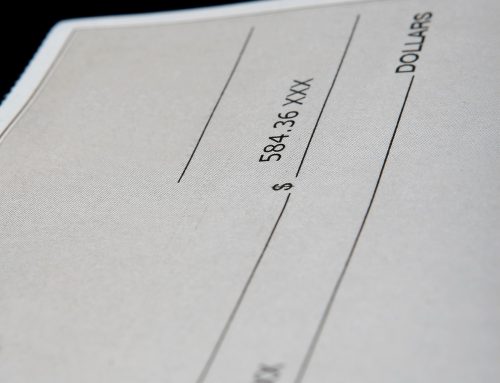Posted on Mar 16, 2017
When a supplier agrees to extend credit to your business, one of the things you’ll need to negotiate are credit terms. These terms spell out how long you have to pay.
We outlined some of the more common payment terms in our article titled Accounts Payable, with the two most common being Net terms and Cash Discount terms.
Net terms spell out the number of days you have to pay the full amount of an invoice. Terms of Net 30 say you have 30 days to pay, Net 45 means you have 45 days etc. The longer the term, the more time you have to pay…and, the longer the better!
On the other hand, terms that offer an early paying discount, encourage you to pay faster. In exchange for paying faster, you save money.
Sound like a good deal?
It should.
Because it is.
Cash Discount terms look something like this – 1/10 net 30 or 2/10 net 30. What this says is, you can deduct 1 or 2 percent from the Invoice amount (pre-tax) if you pay in 10 days. Otherwise, the full amount is due in 30 days.
Here’s the neat part, the money you save, goes directly to your bottom line…..DOLLAR FOR DOLLAR.
Woo-hoo!!
Now, don’t get too excited! The money you save won’t be enough to cover your payroll each month, but it will be enough to cover part of your phone bill.
So, what’s in it for your vendor?
Improved cash flow and a reduction in the number of late or non-payments. Getting paid quicker closes the gap between cash going out and cash coming in so, it’s a win-win for both of you!
When you take advantage of an early payment discount, there is zero cost to your business. However, if you bypass the discount and pay the full amount due at the end of the net period, there is a cost to your business.
Here’s what that cost is….
Let’s say you have an invoice with a sub-total of $1,000.00 with terms of 2/10 net 30
If you pay in 10 days and take the 2% discount you will only have to pay $980.00 ($1,000 minus 2%).
But, if you don’t take the discount, you will have to pay the full $1,000 in 30 days.
So, it’ll cost you $20 to keep your money an extra 20 days.
Would it surprise you to find out that this translates into an annual cost of 36.5%? Yikes!!! (If you’re truly warped, scroll to end for the math)
So, given this little tidbit of information, it’s safe to say, if you have the cash sitting in your bank account, take advantage of cash discounts.
If you don’t have the money sitting in your bank account (as in you’d need to borrow), please note, it’s possible you’d be out money vs. in money if you took the discount. This would depend on the interest rate charged on the money borrowed, and the credit terms offered by your supplier. I’m not gonna get into that math but, if you want more information on this, let me know, I’ll explain further.
Trade References
Another advantage of taking cash discounts is that you’ll have a list of vendors that you pay very quickly. These are the ideal companies to use as trade references (when you seek credit elsewhere, these companies will speak to your creditworthiness).
Other Stuff
Are you a start up that’s having to pay C.O.D.? Check to see if your suppliers offer an early paying discount. By paying for your goods up front, you’re paying within their discount period.
If you already have vendors that offer a 1 percent discount why not ask them to up it to 2 or 3 percent?
Why not ask vendors that don’t currently offer a discount for a 1 or 2 percent discount? Seriously, what’s the worst thing that could happen?
If you have a vendor that offers a cash discount, see if they’ll offer a longer discount period. In my corporate life, I remember a vendor that allowed us to take their cash discount provided we paid them by the tenth of the following month. This saved us time and overhead costs as we were able to cut one cheque a month vs. one cheque a week.
So, when negotiating with vendors, never leave money on the table. ALWAYS ask if an early payment discount is an option. It’s money in the bank. Better your bank than theirs!
Karen







